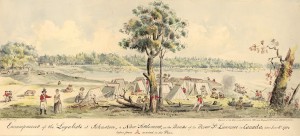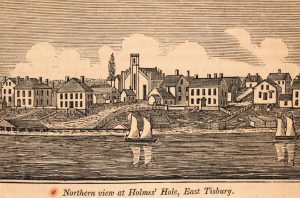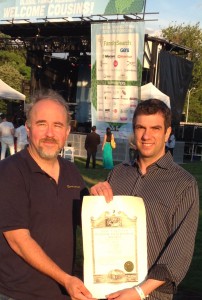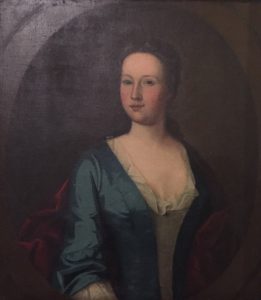 I have developed a soft spot for two of my great-great-grandparents, Domenico Caldarelli and Maria Tavano. They were born in Italy, Domenico in Naples and Maria in Villa Santa Maria, Chieti. They emigrated to New York with their four children around 1890.
I have developed a soft spot for two of my great-great-grandparents, Domenico Caldarelli and Maria Tavano. They were born in Italy, Domenico in Naples and Maria in Villa Santa Maria, Chieti. They emigrated to New York with their four children around 1890.
I had my first glimpse of Domenico in New York in the 1900 Federal Census, when he was listed as a prisoner in Sing Sing. Was this my Domenico? The prisoner was older than I thought Domenico should be. Why was he in Sing Sing? What happened to his family? Continue reading Piece work







